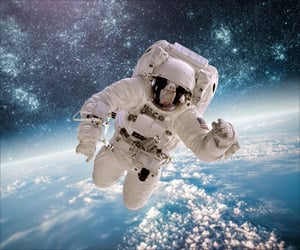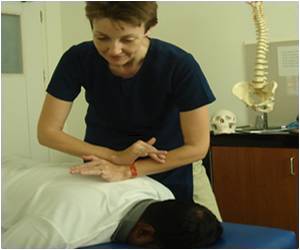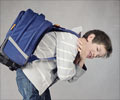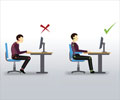A new report predicts an increase in the number of people experiencing the physical toll of space travel, including highly common forms of back pain.

‘Specialized suits and resistance exercises may treat back pain in 80% of people who travel in space.’





According to the review, past studies of astronauts have shown that 52% of space travelers report some form of back pain in the first two to five days of space travel.In addition to the studies among astronauts, a study from the University of Innsbruck in Austria showed that nearly half of military helicopter pilots and crewmembers who experience fluctuating gravitational forces report low back pain.
Then, astronauts are more likely to herniate a disc, according to a NASA study in 2010, and the risk was even higher in the first year after returning to Earth.
The high prevalence of back pain among these groups is understandable because the human spine is built to support the body under the gravitational forces experienced on Earth.
One prominent feature is the spinal curvature, an S-shaped bend in the spine that allows it to resist gravity, remain flexible and absorb weight and impact.
Advertisement
Along with microgravity’s stresses, other contributors to back pain in space include the intense physical experience of riding in a rocket and a change in dietary habits that could alter nutritional levels in the body and impact tissue health and healing.
Advertisement
The Aerospace Medicine and Human Performance study of 722 space flights showed that the use of such a resistance suit along with exercise regimens relieved space-adaptation back pain in 85% of subjects. However, some astronauts complain these suits are uncomfortable and impair their range of motion.
Other methods to prevent back pain among astronauts should include massage, nutritional supplementation to increase vitamin D and caloric intake, neuromuscular electrical stimulation, and negative pressure devices, all paired with resistance exercise.
To combat the intense vibrations and speed of riding rockets into space, engineering space vehicles need to improve their impact protection for the crew.
This could align the forces of acceleration and impact with human anatomy to reduce the number of astronauts experiencing long-term back pain or injury.
Source-Medindia















